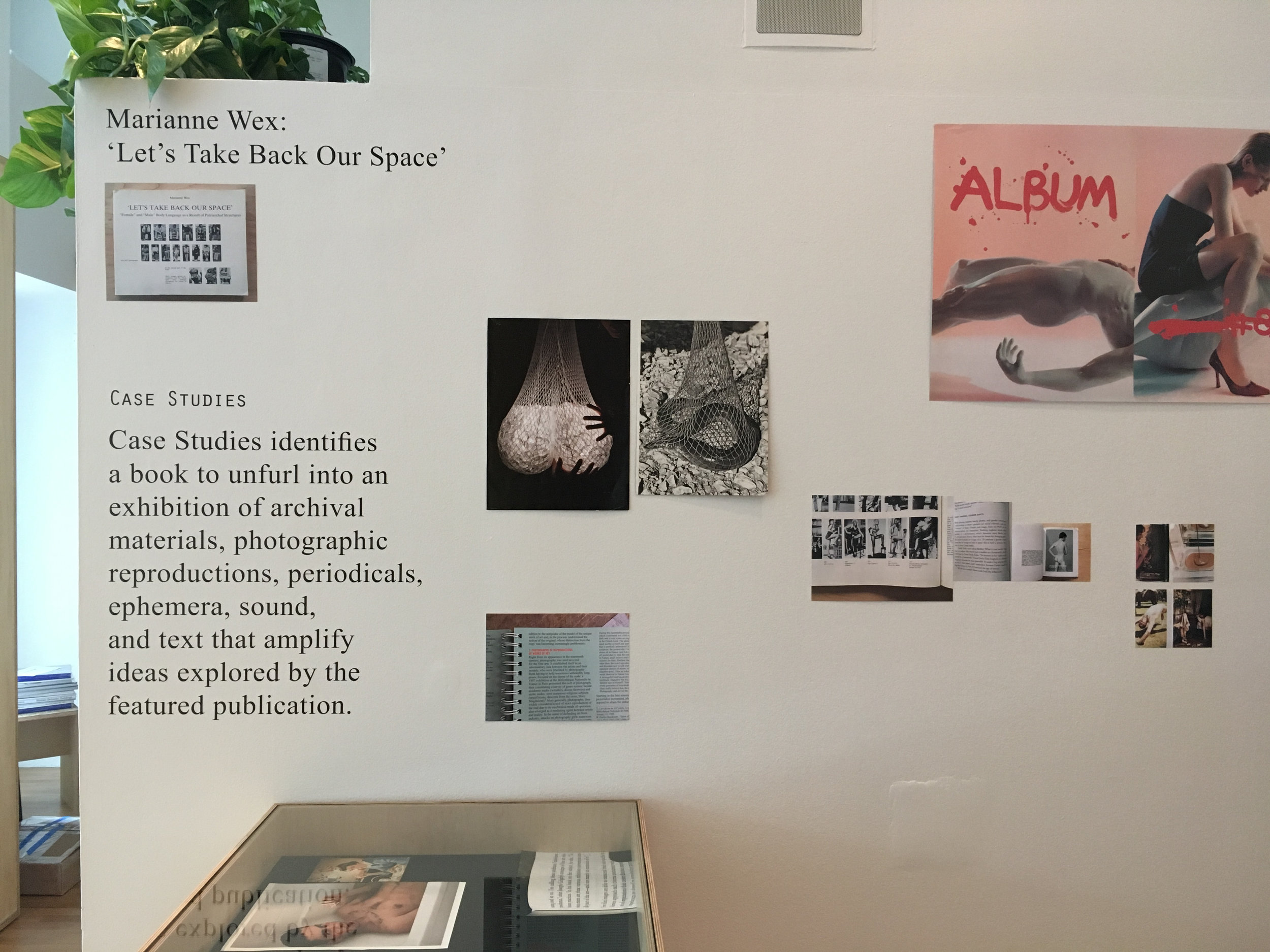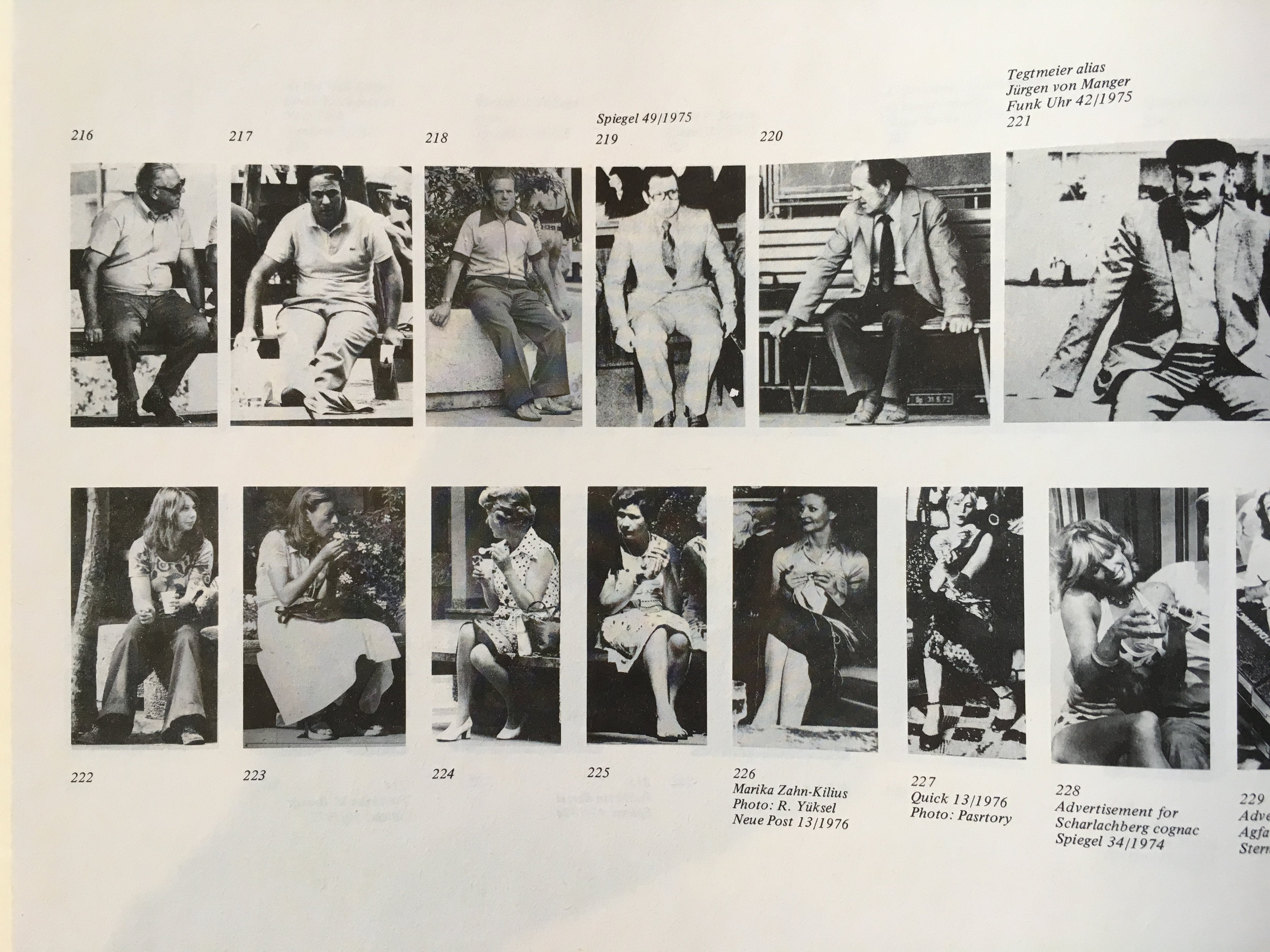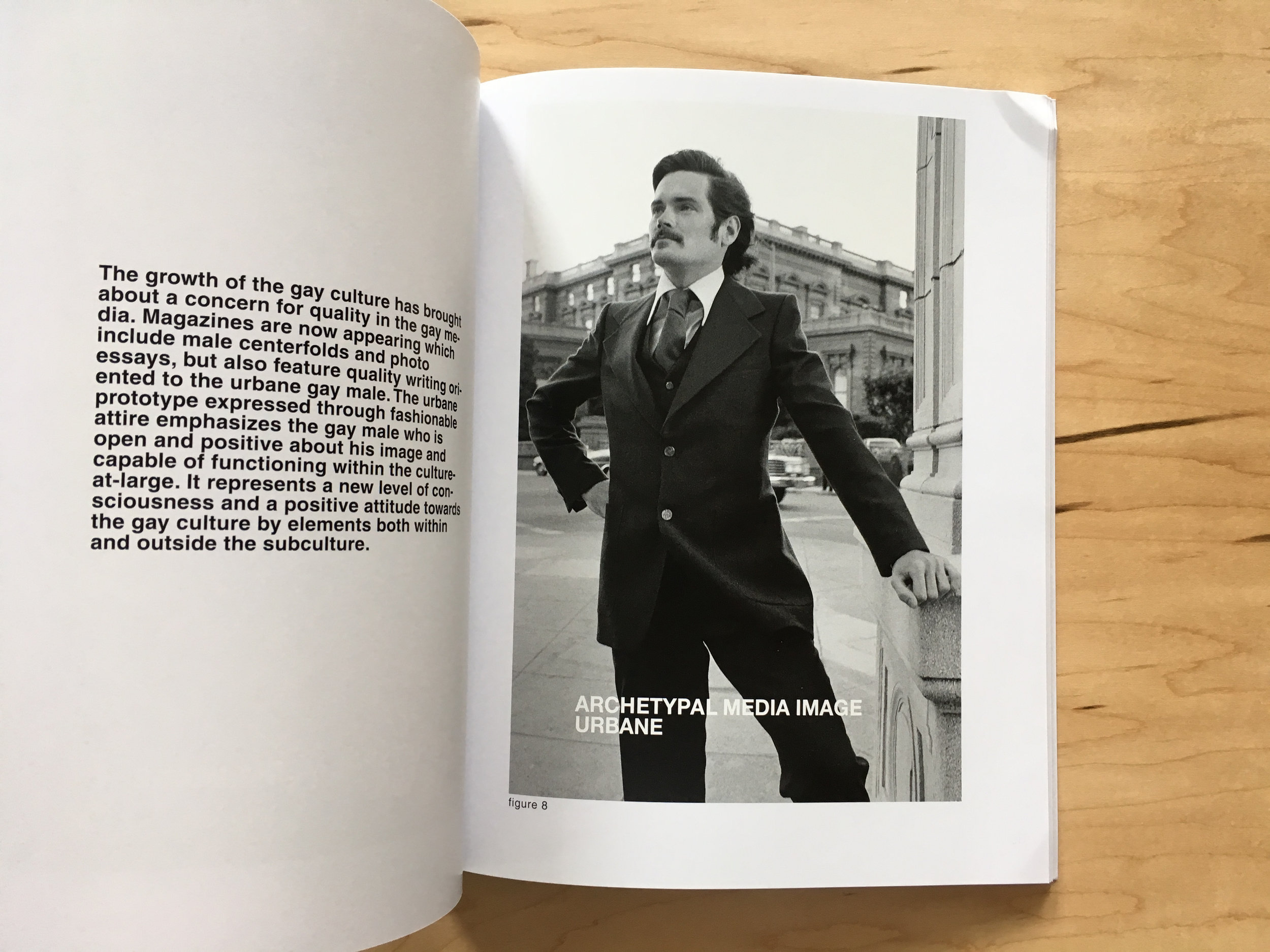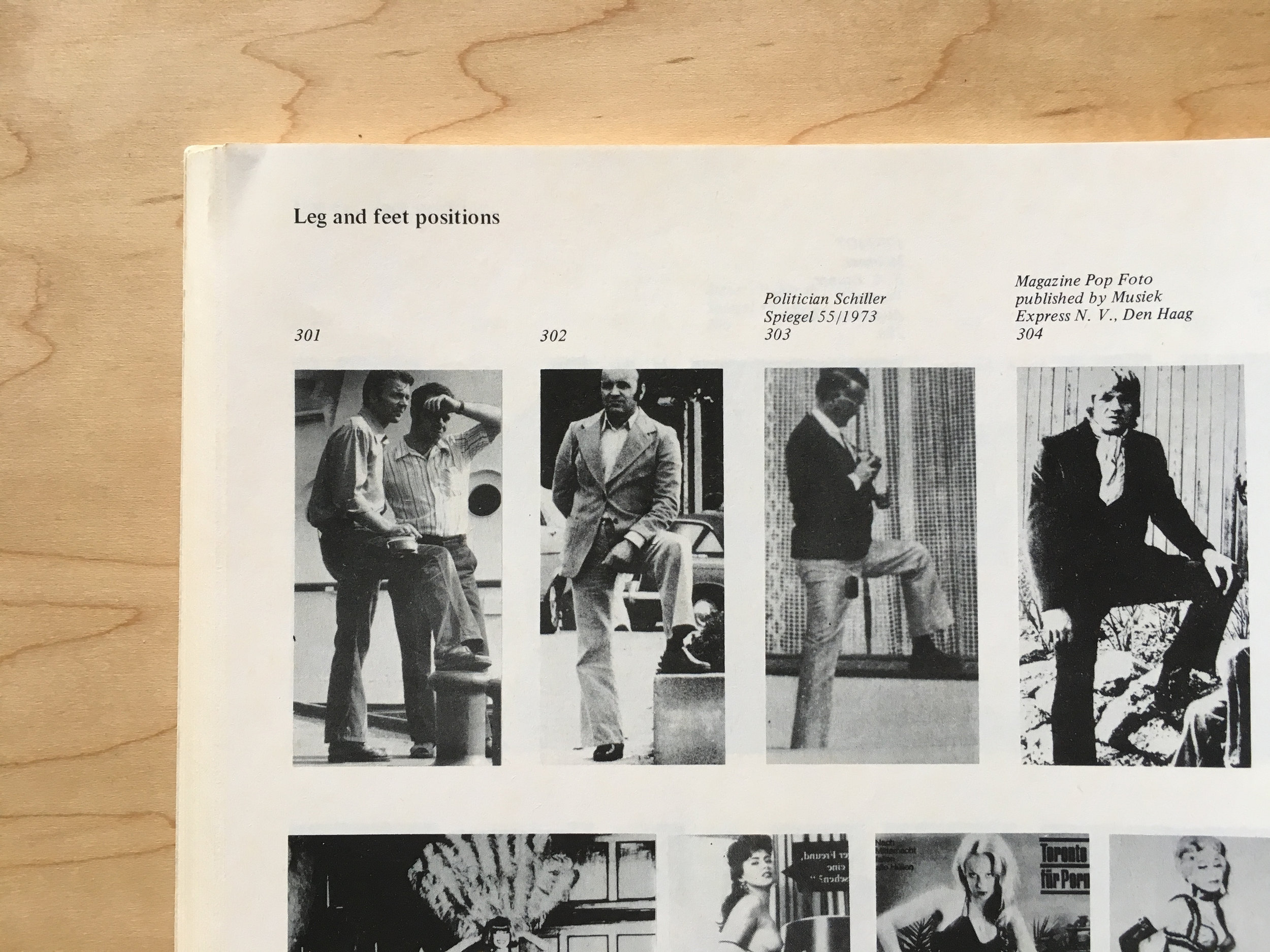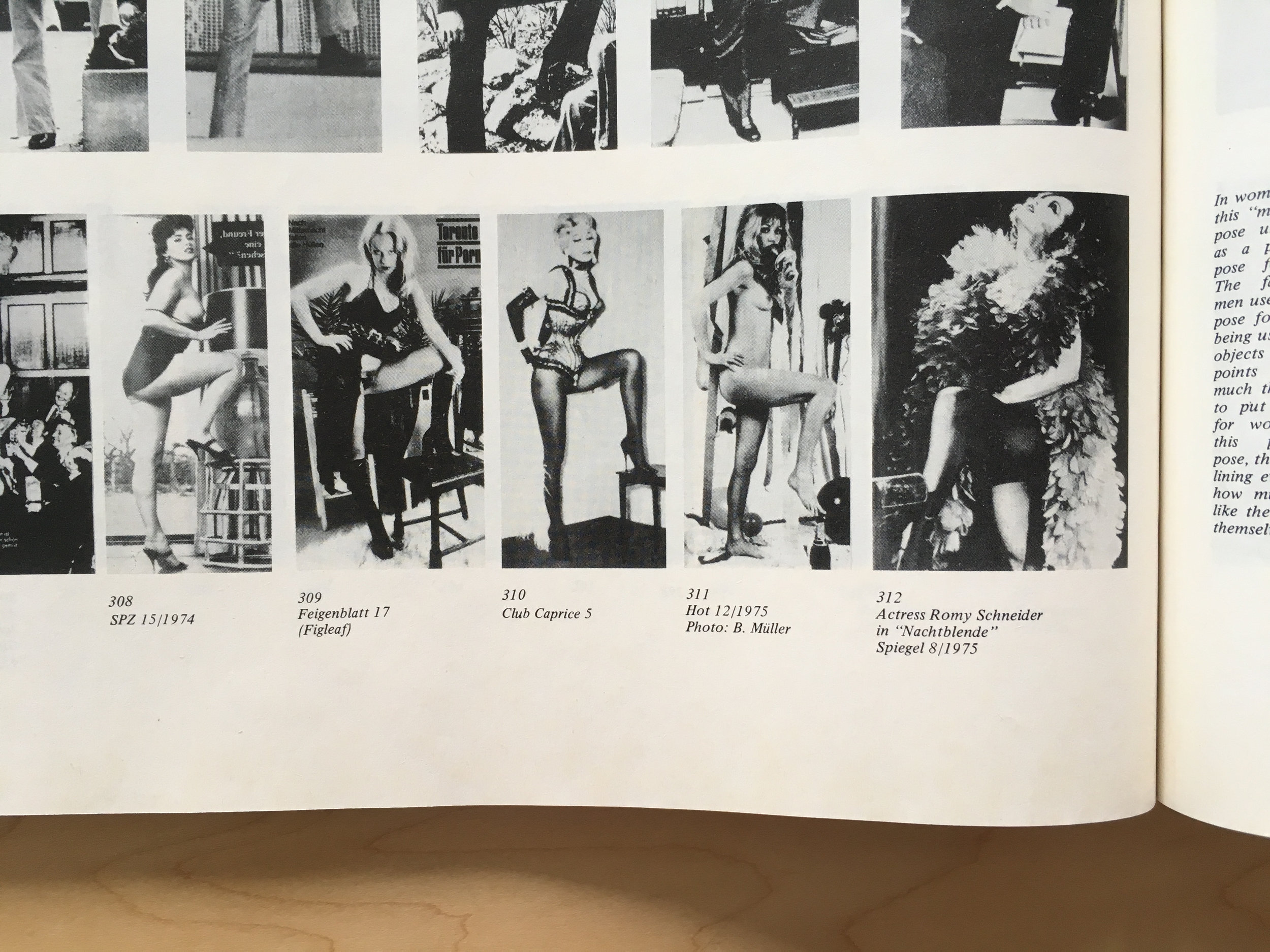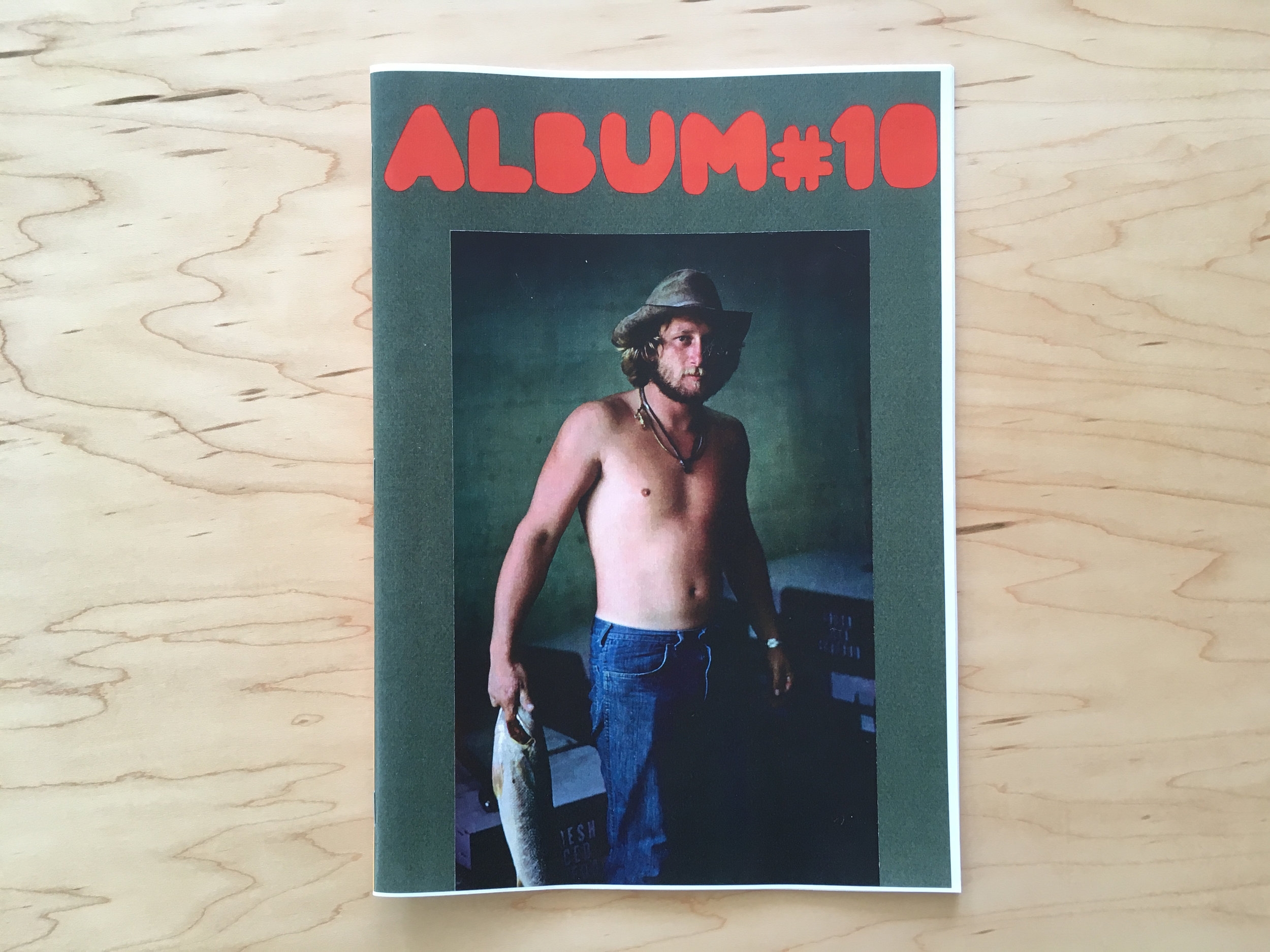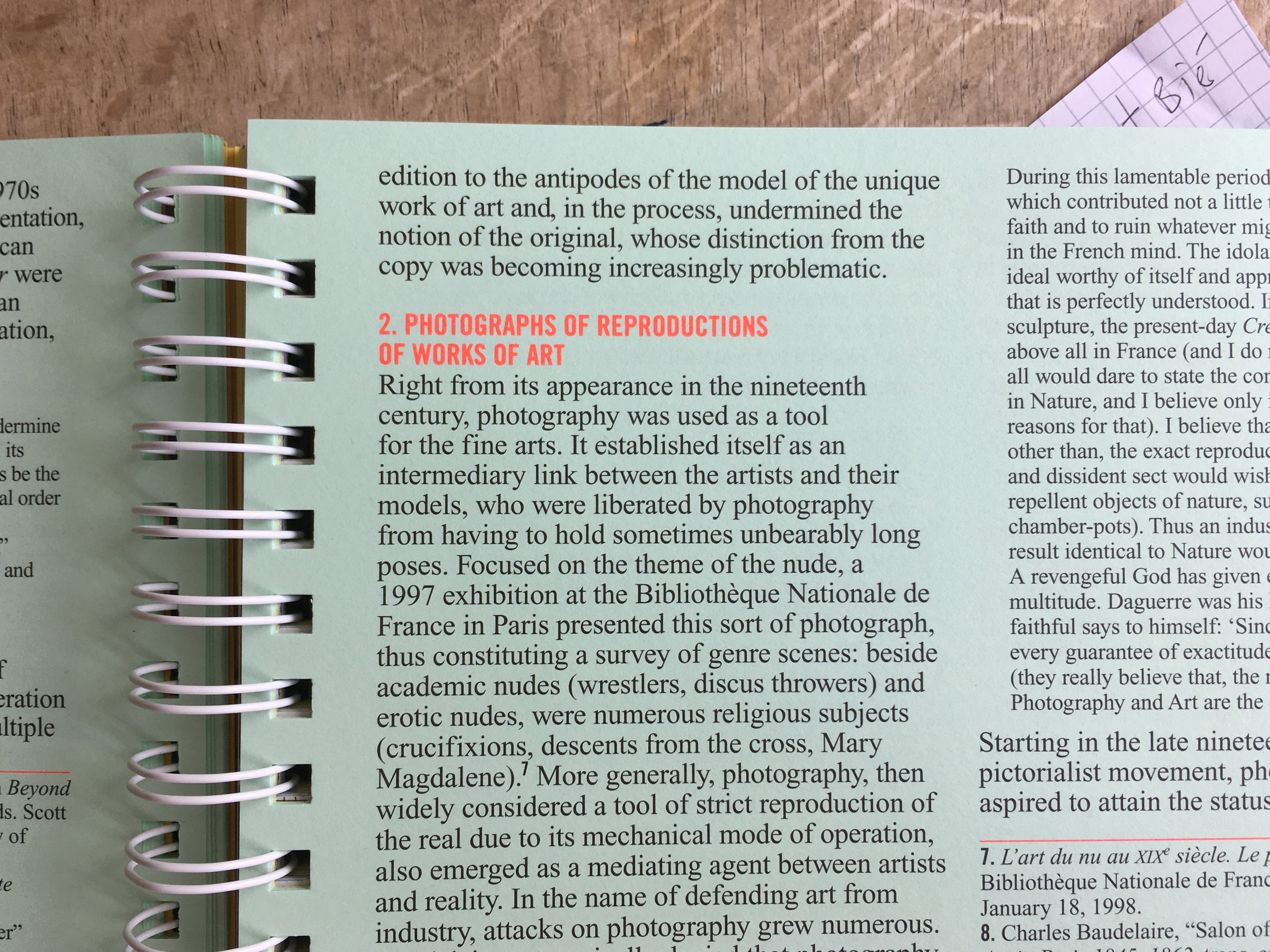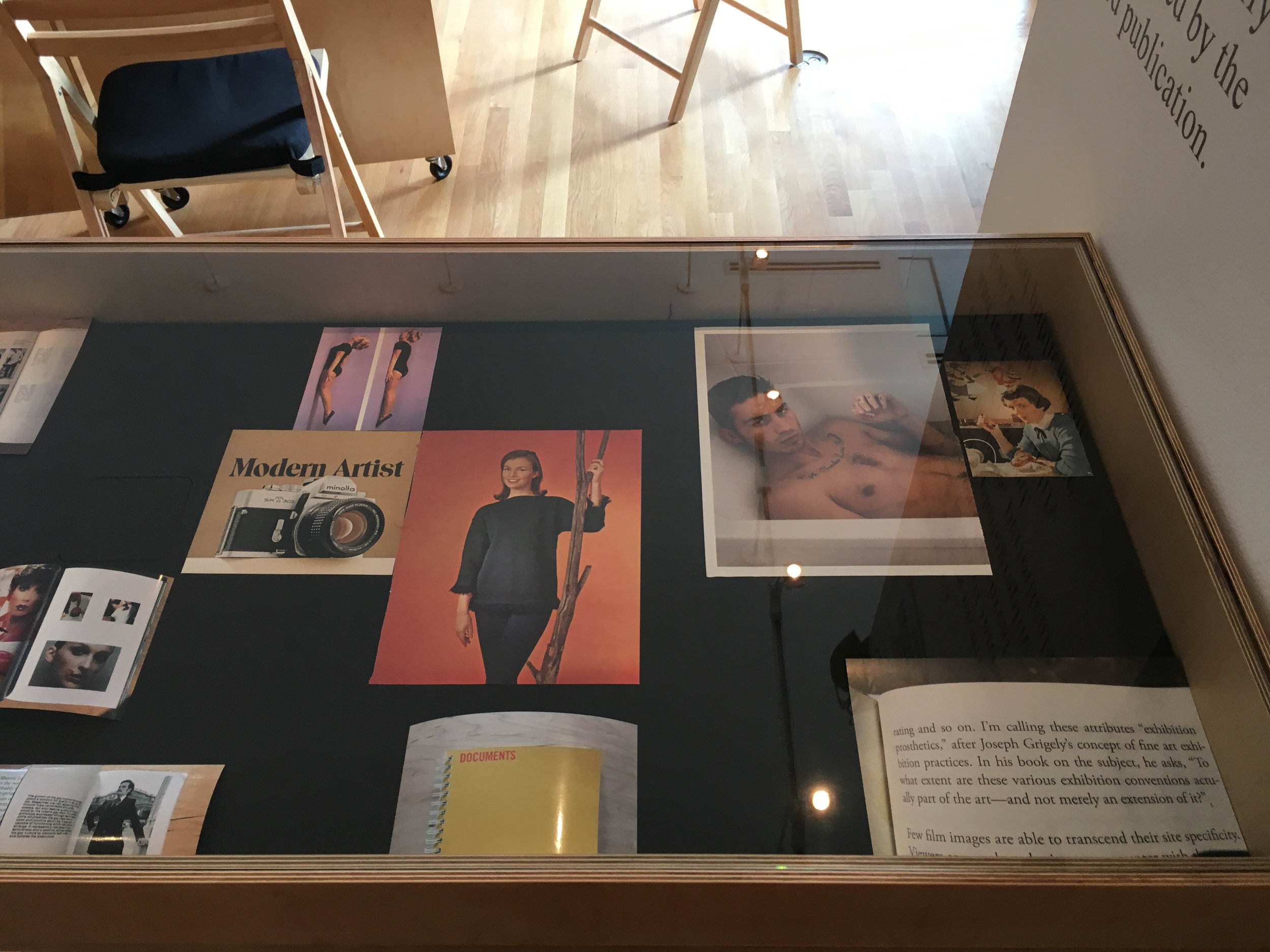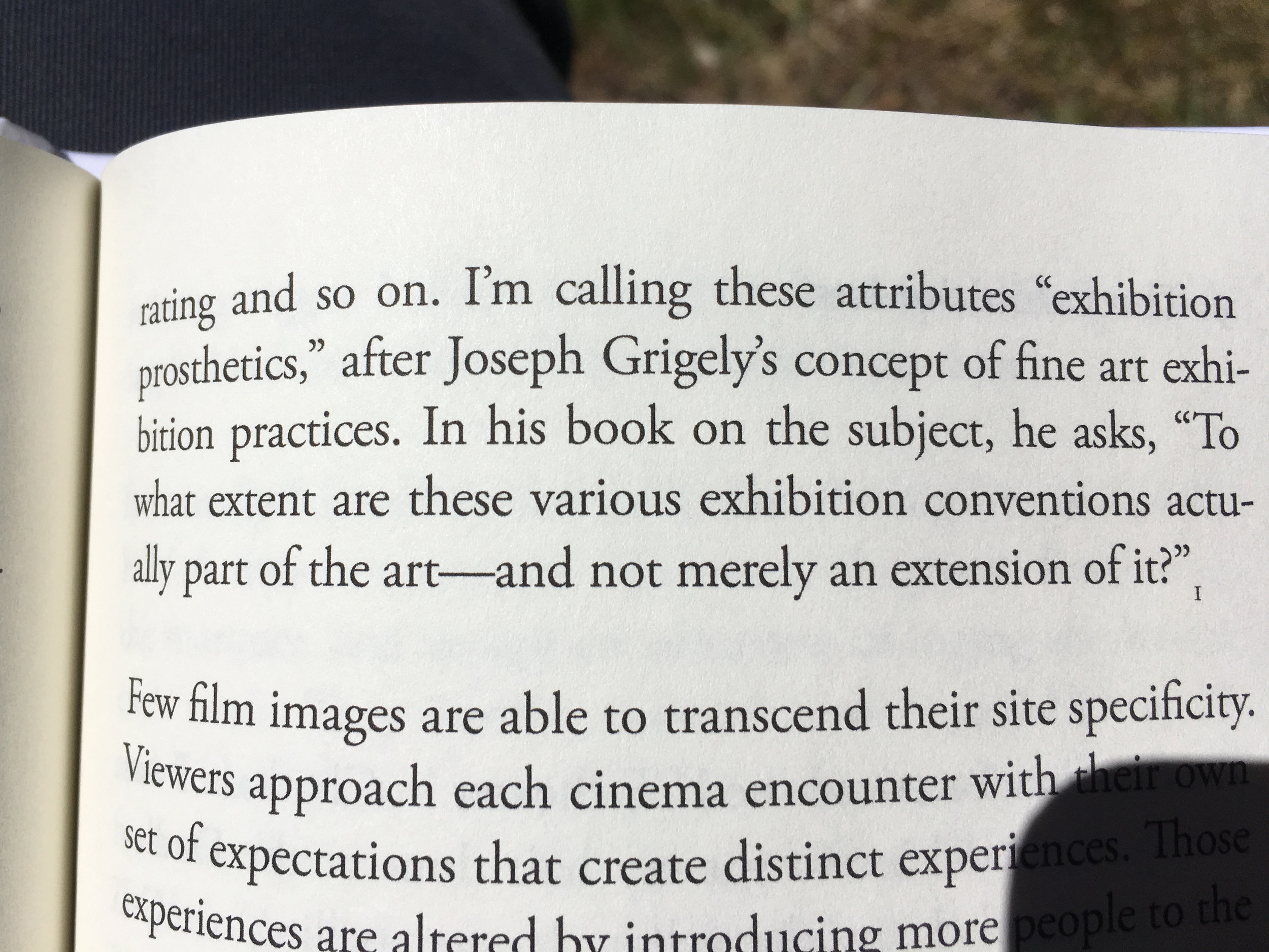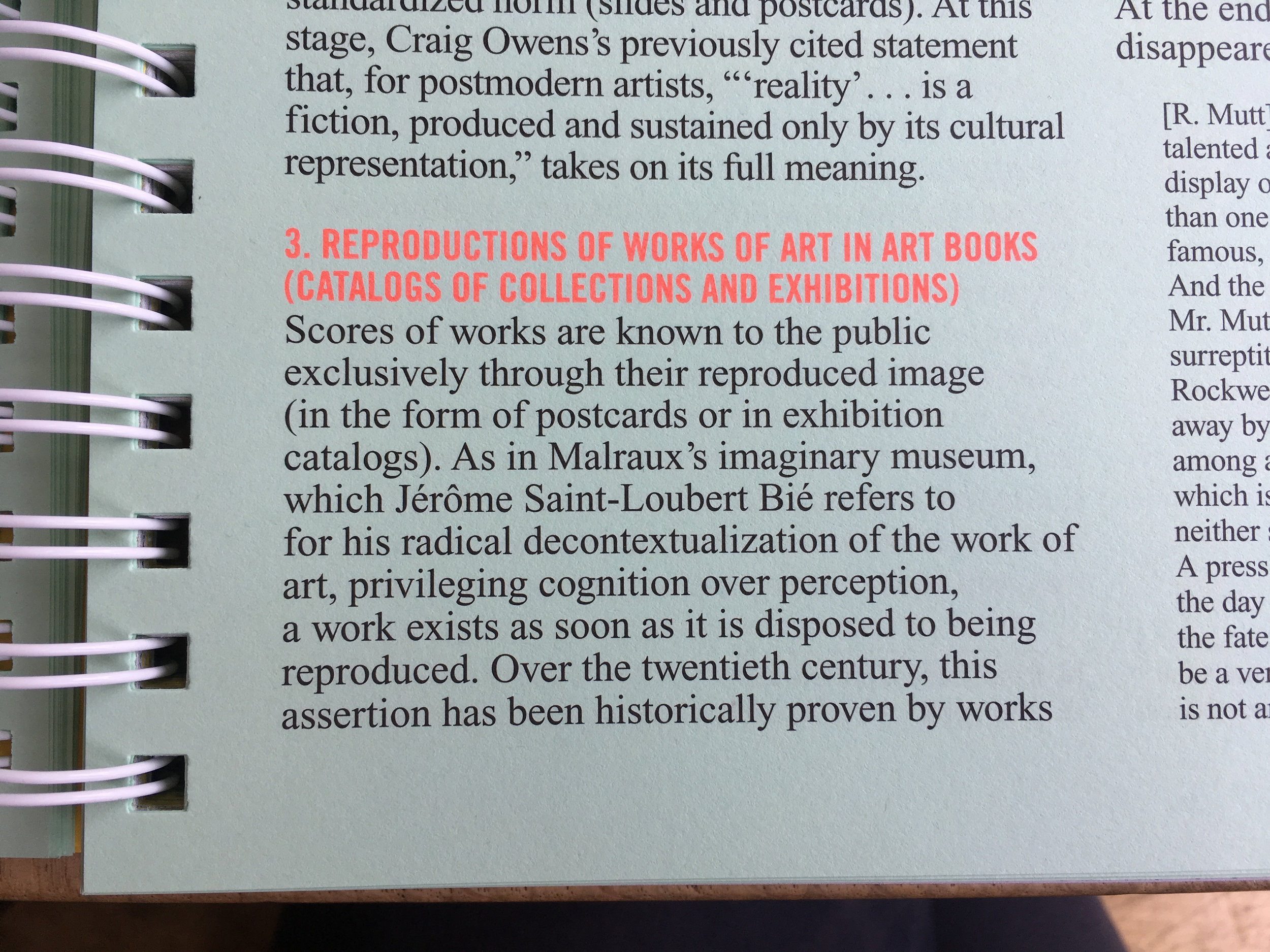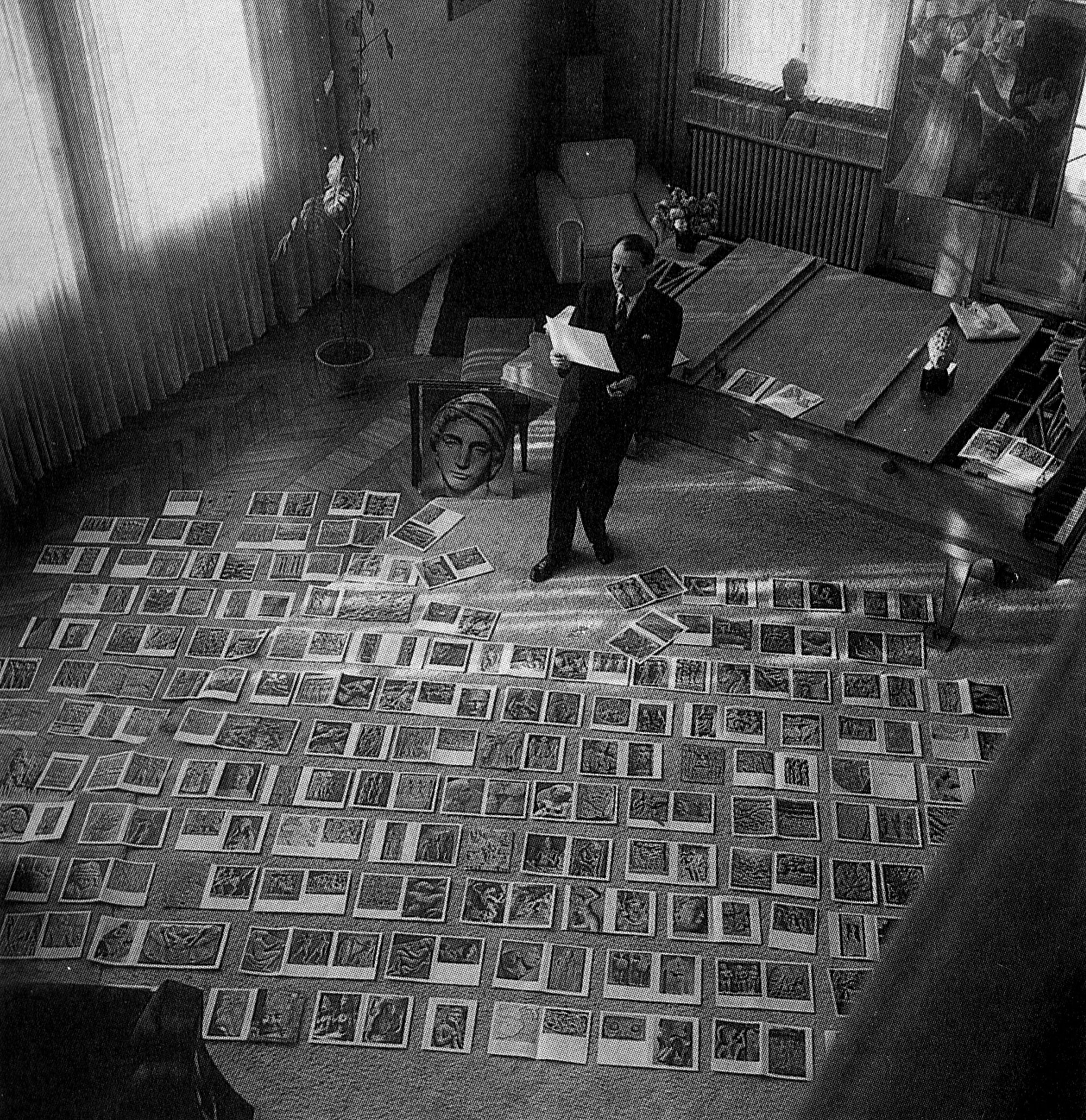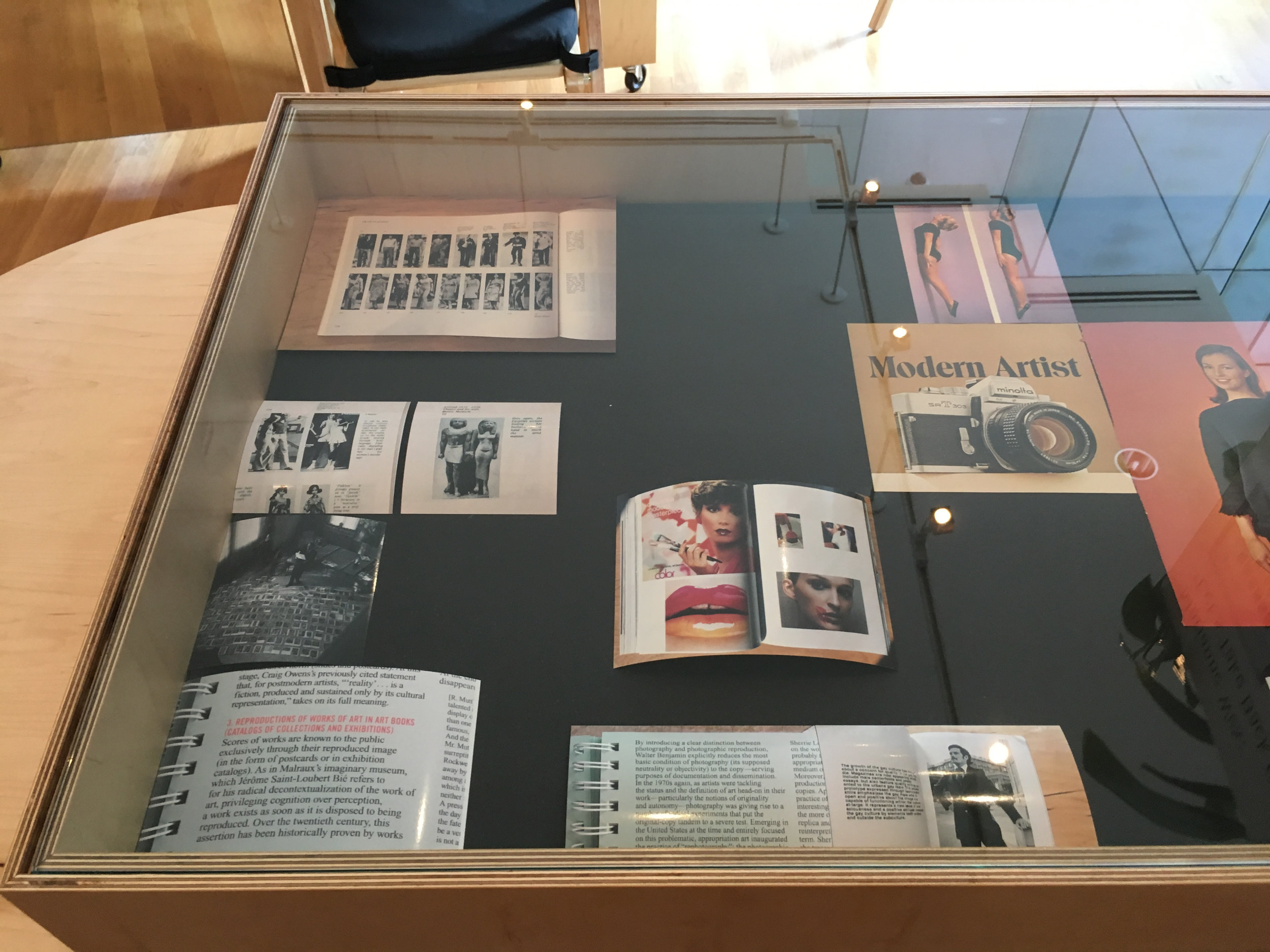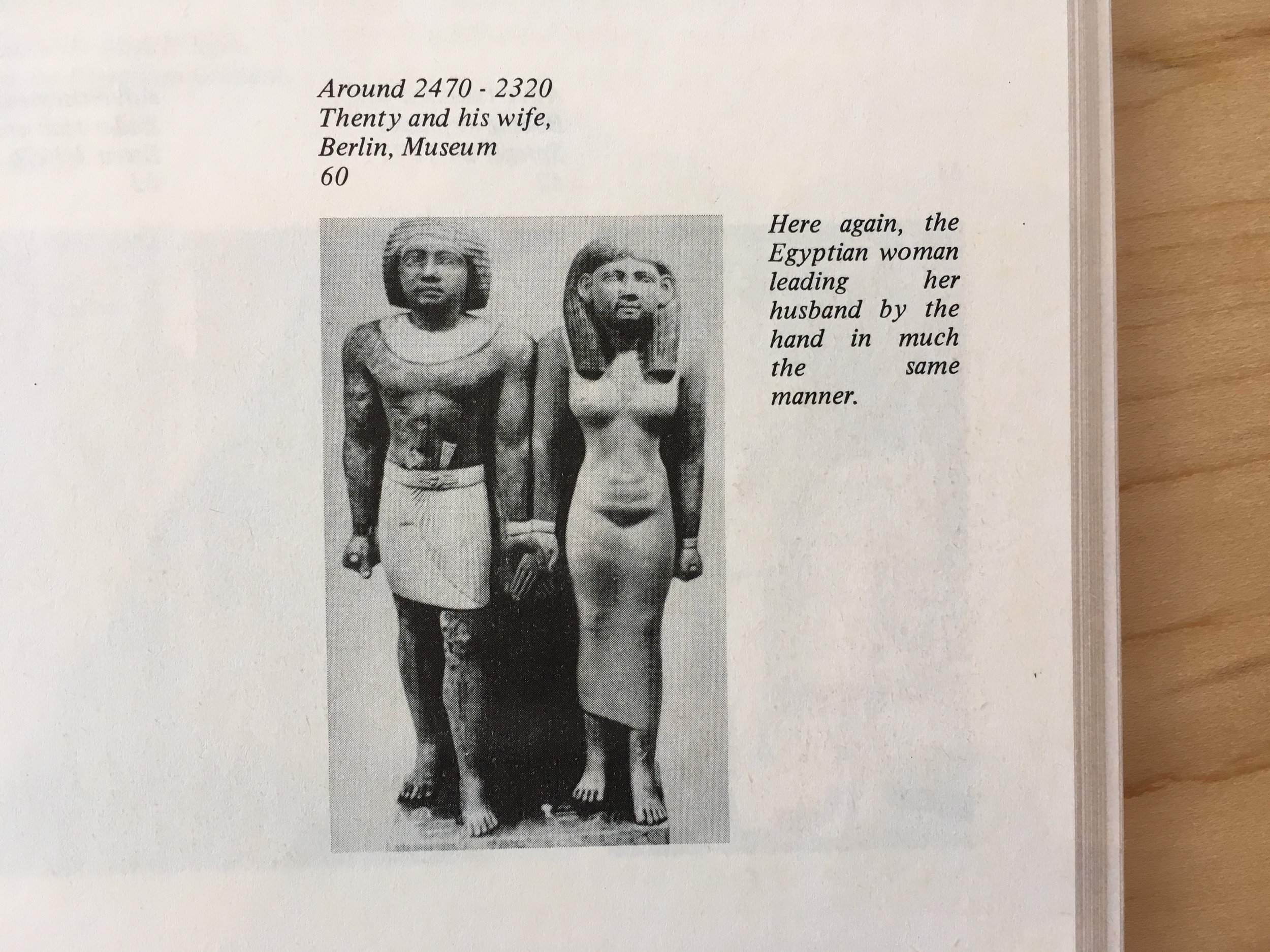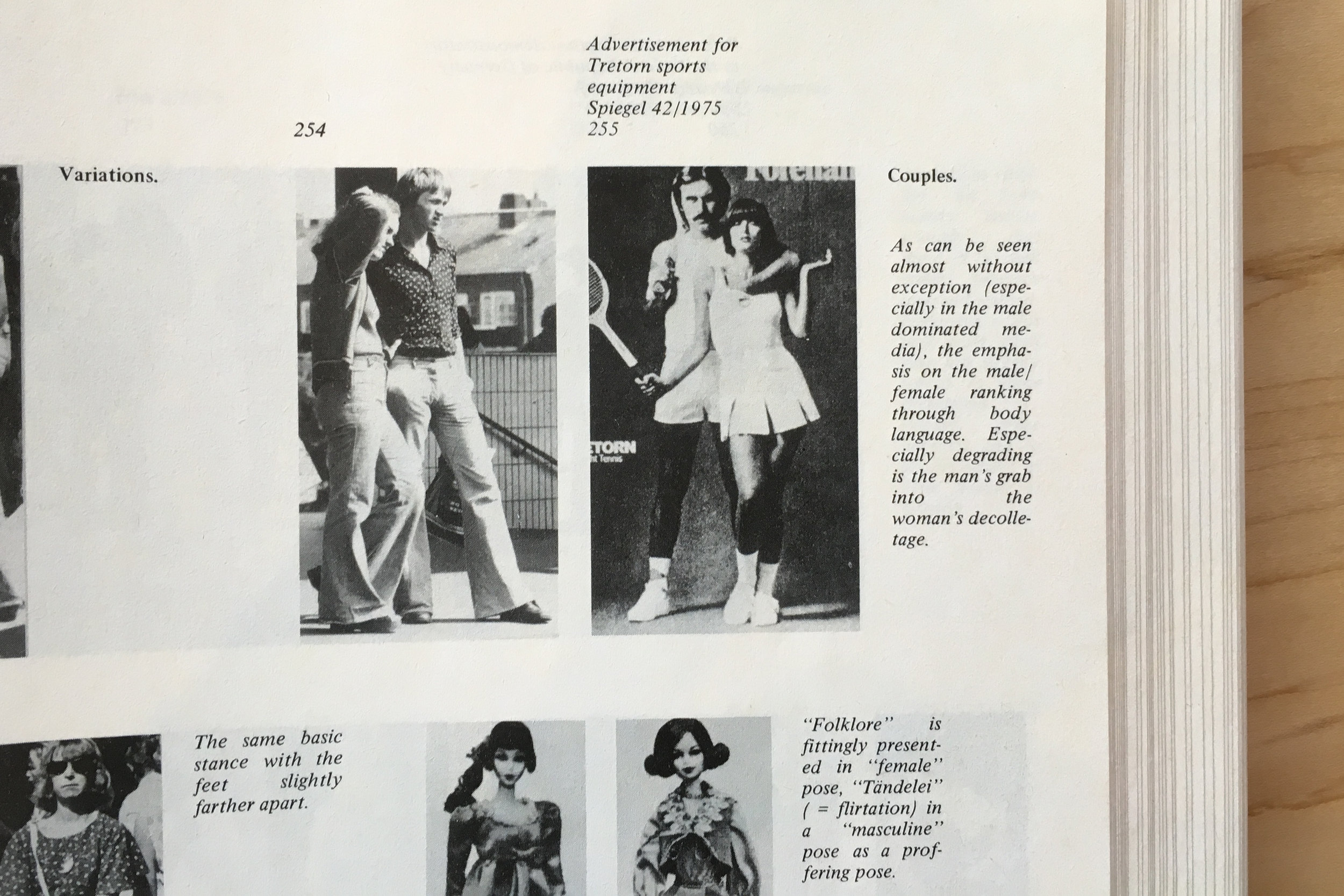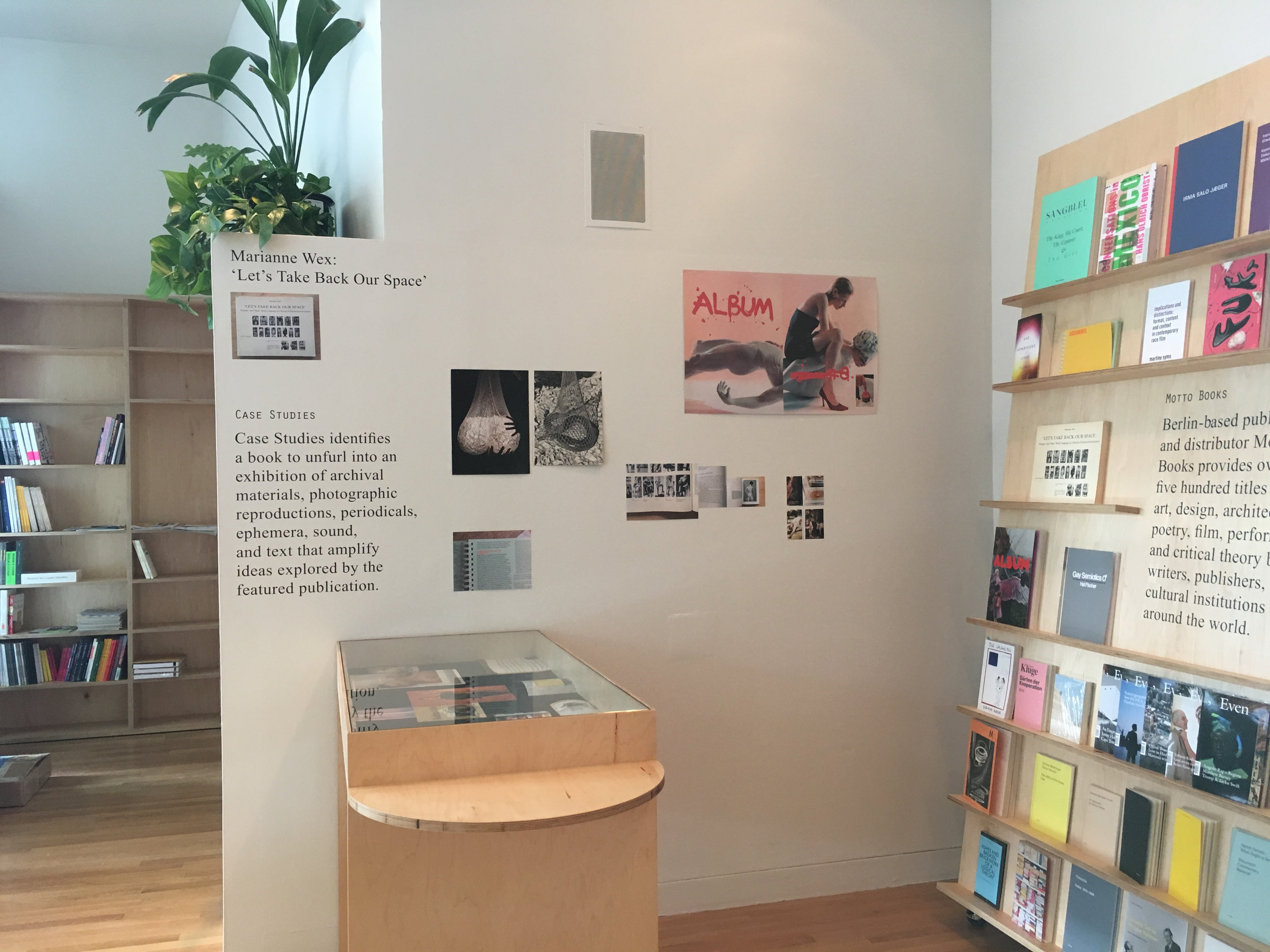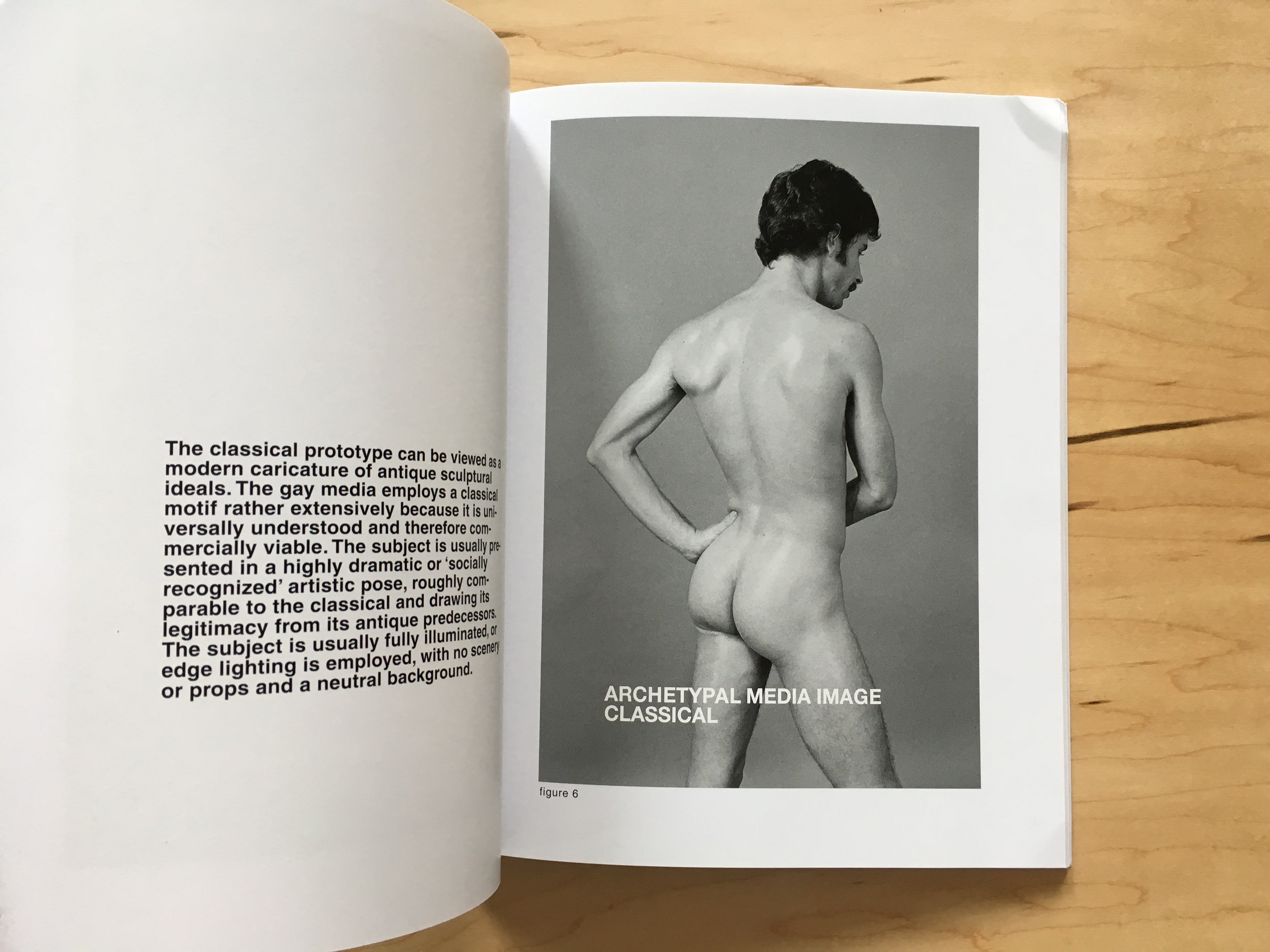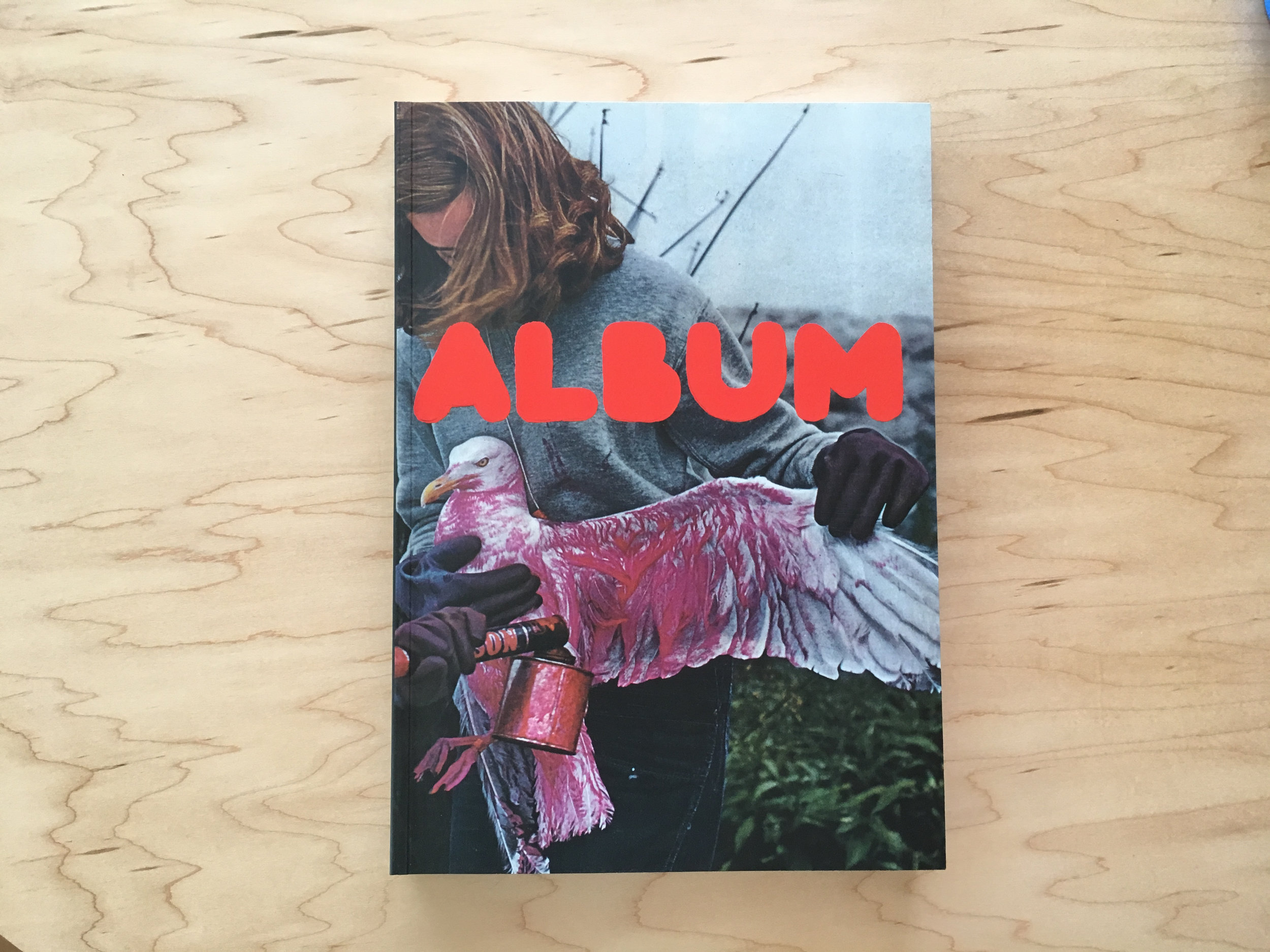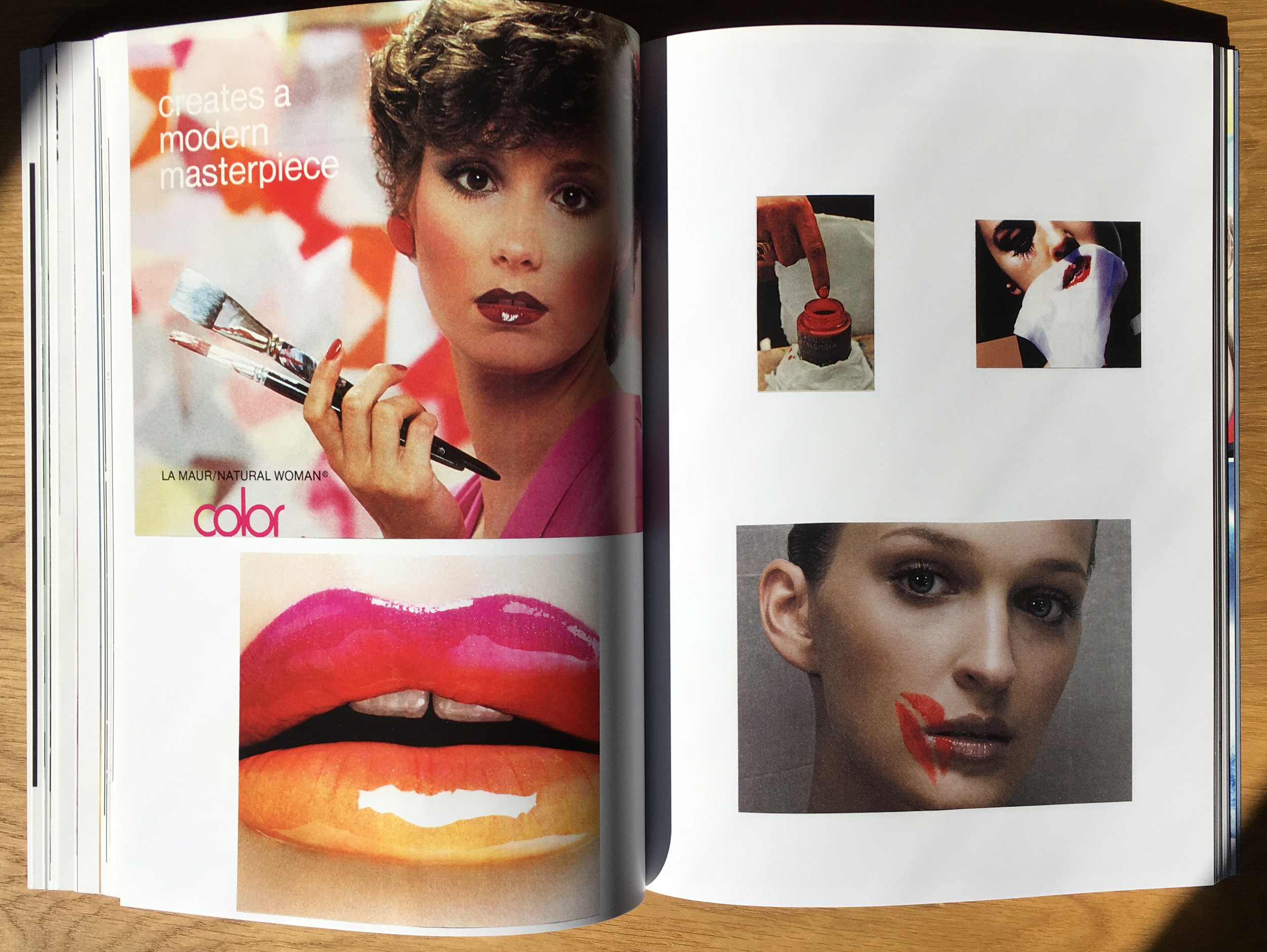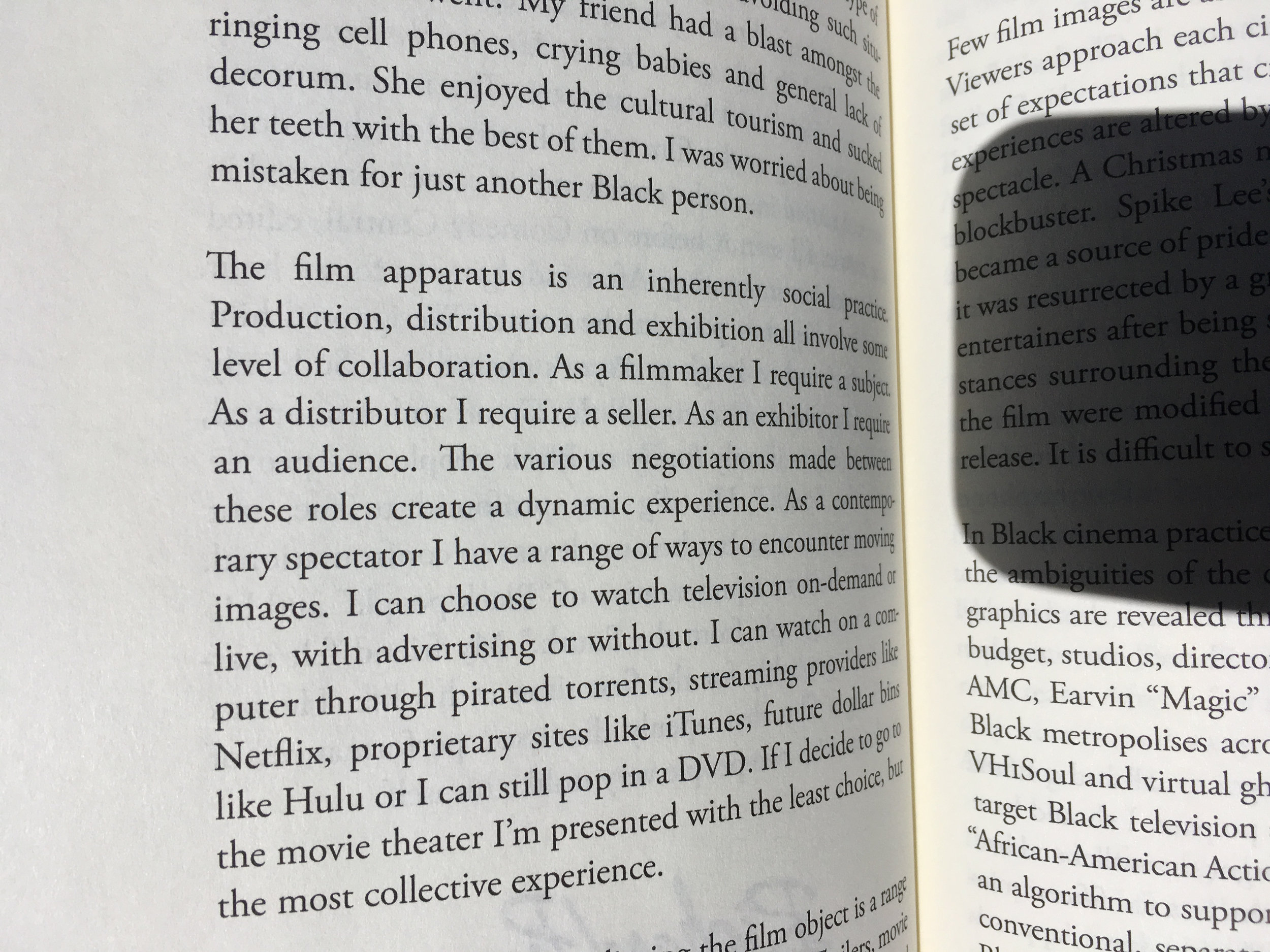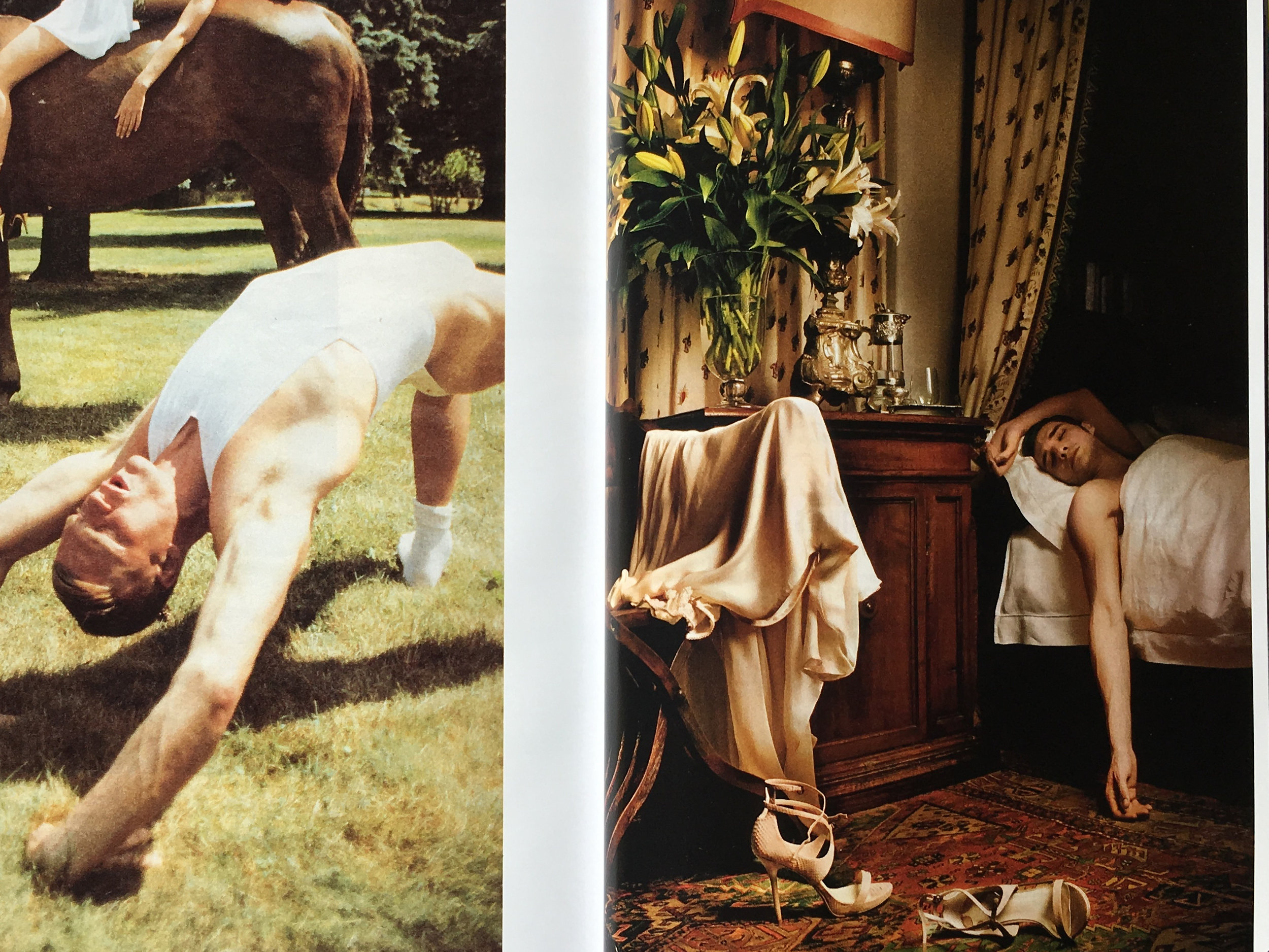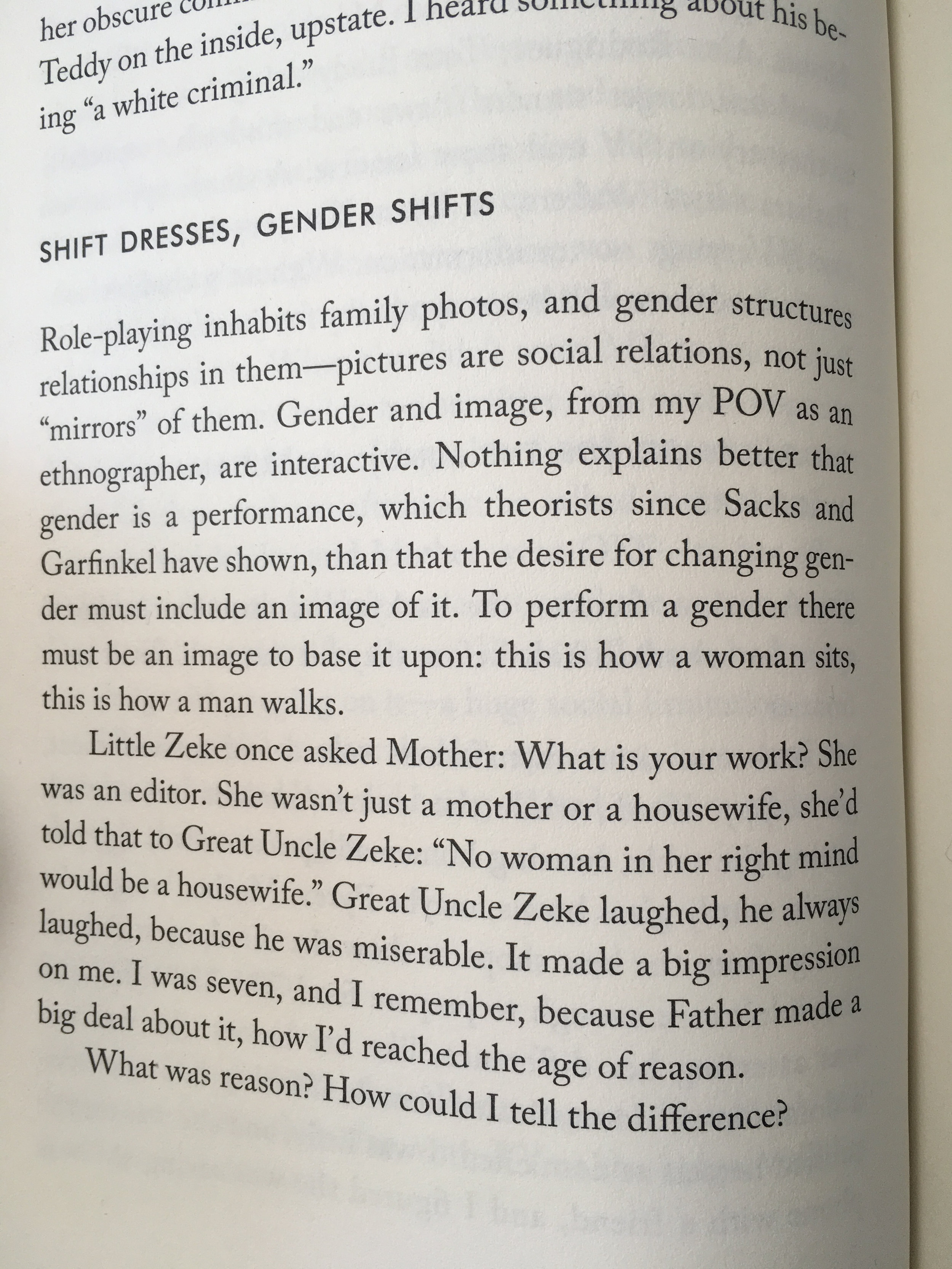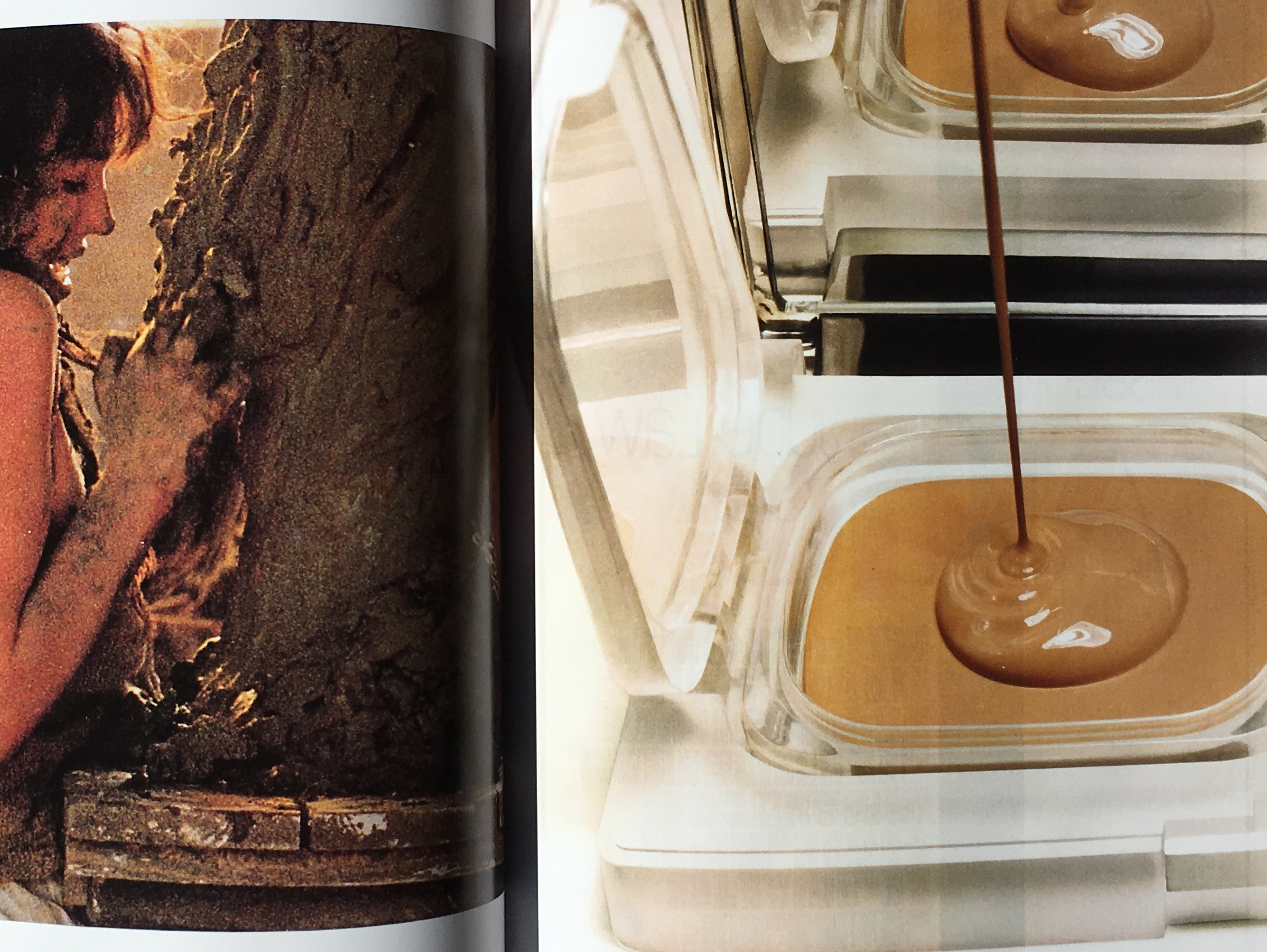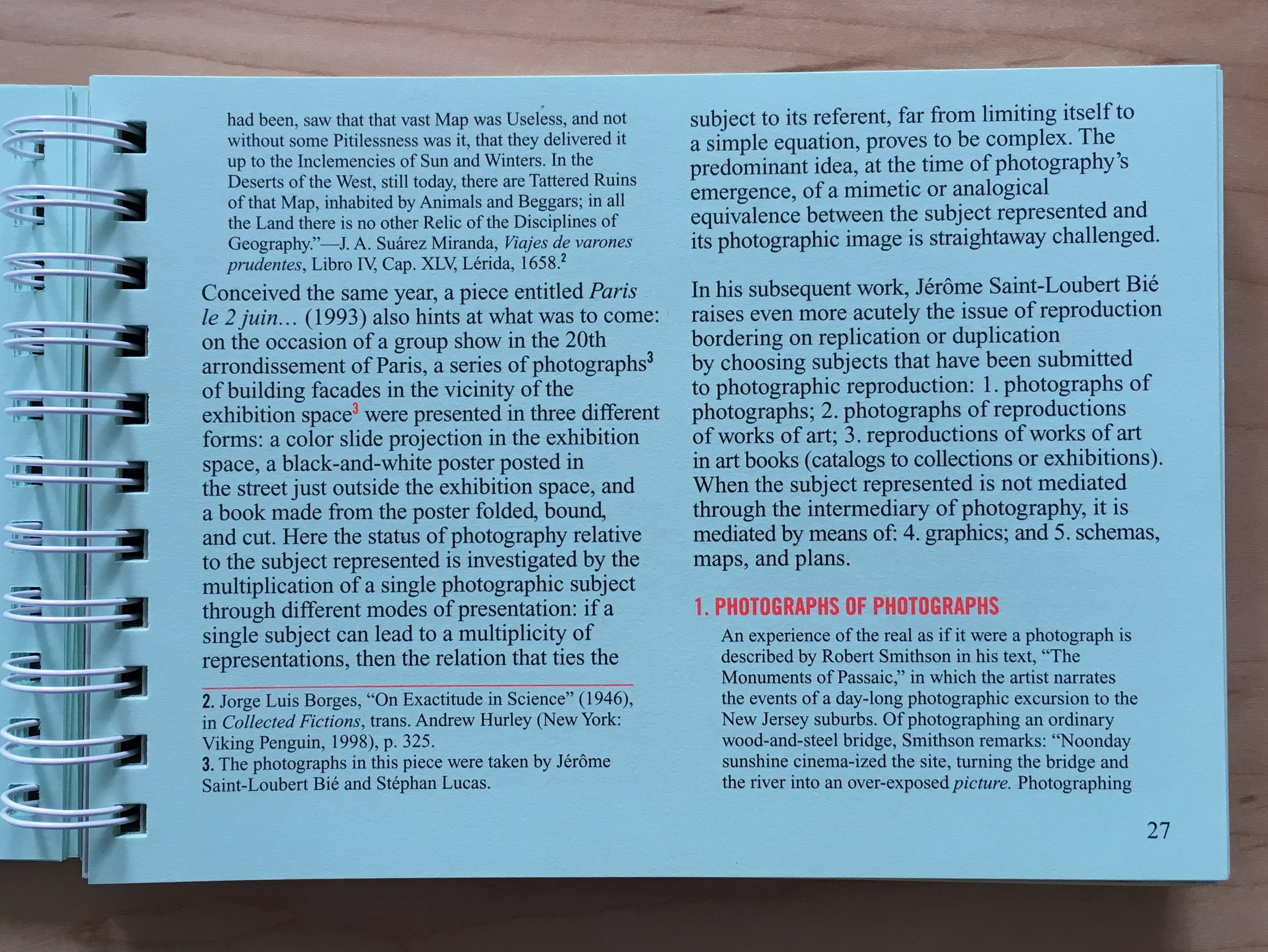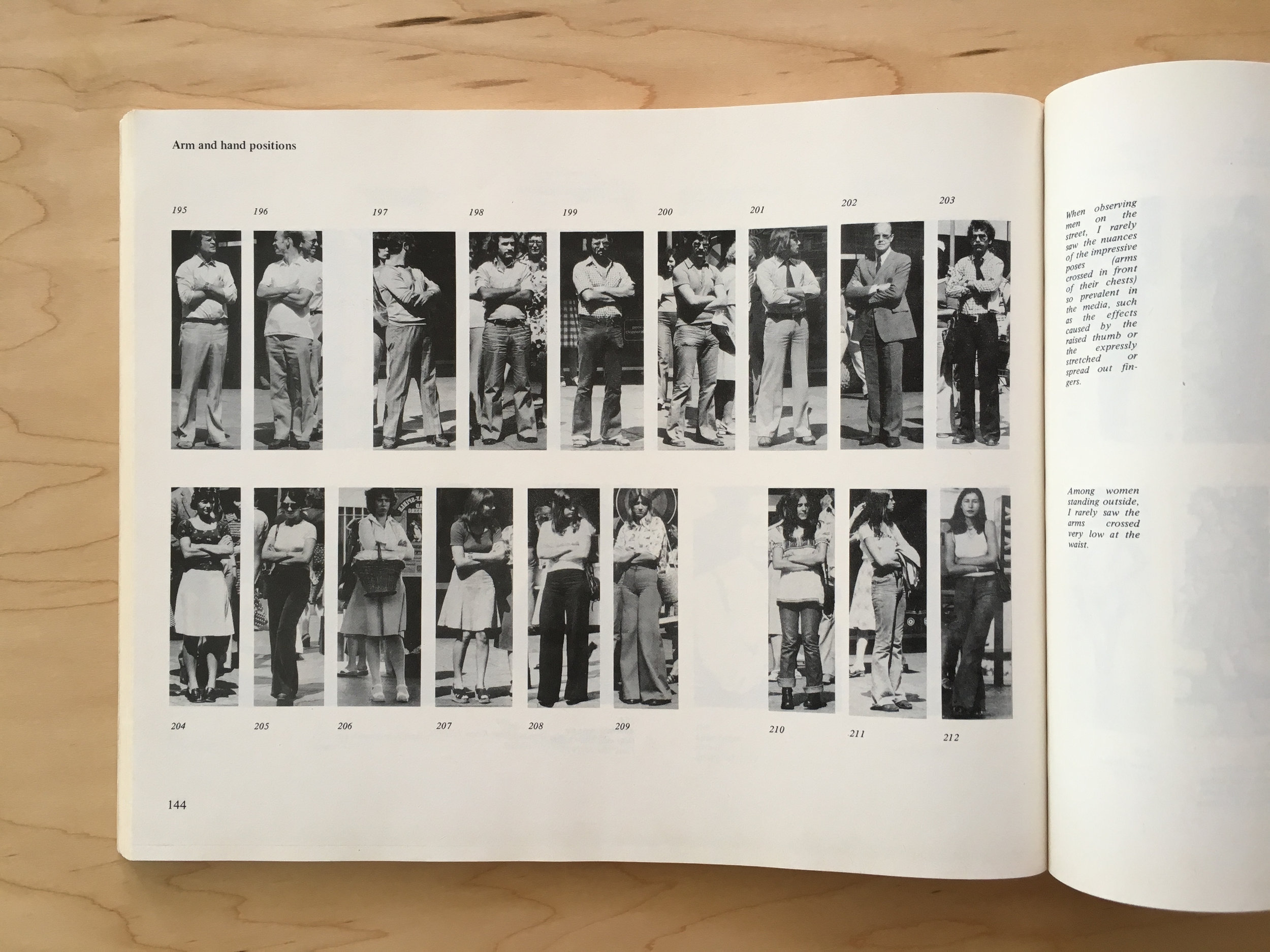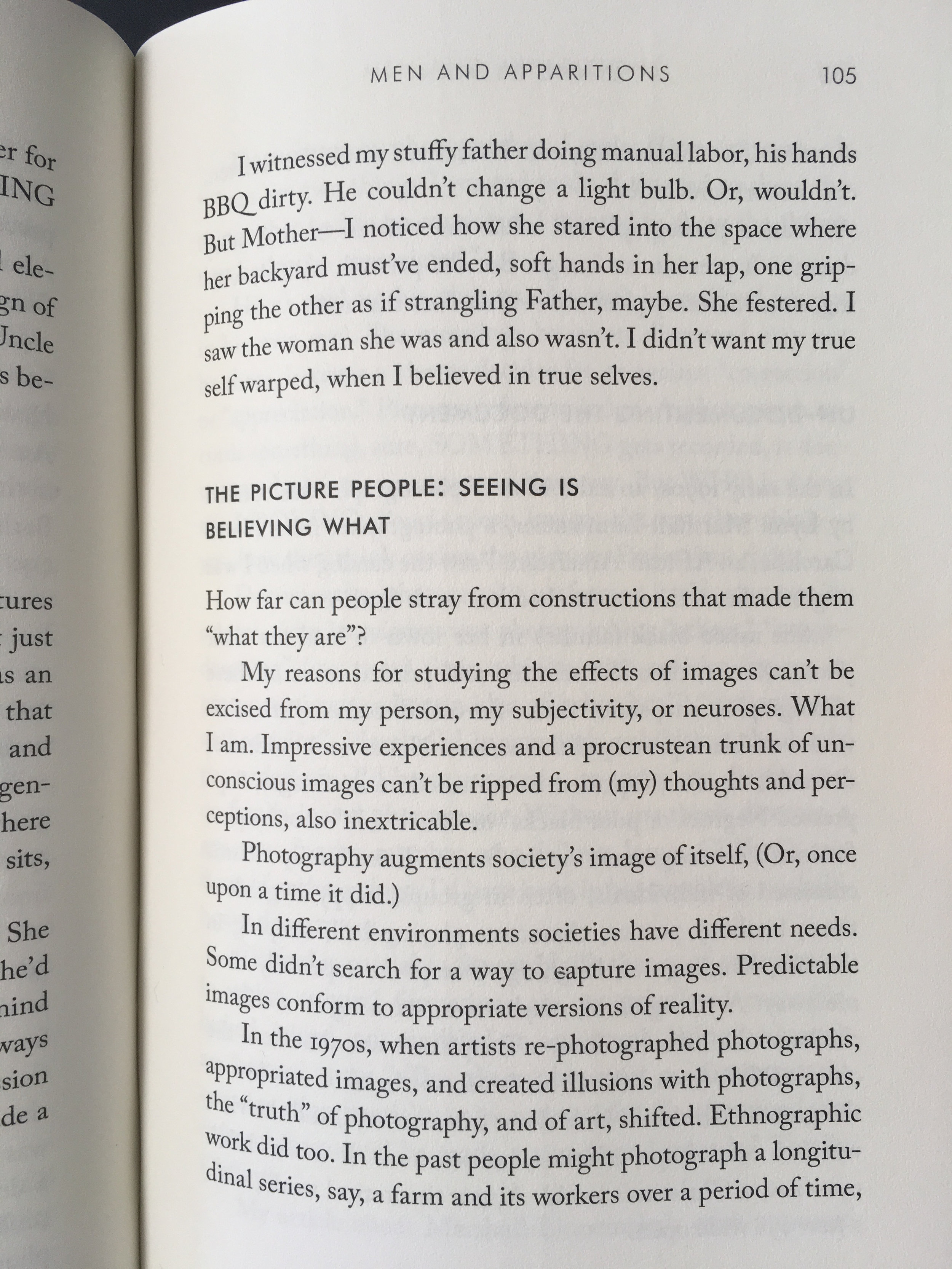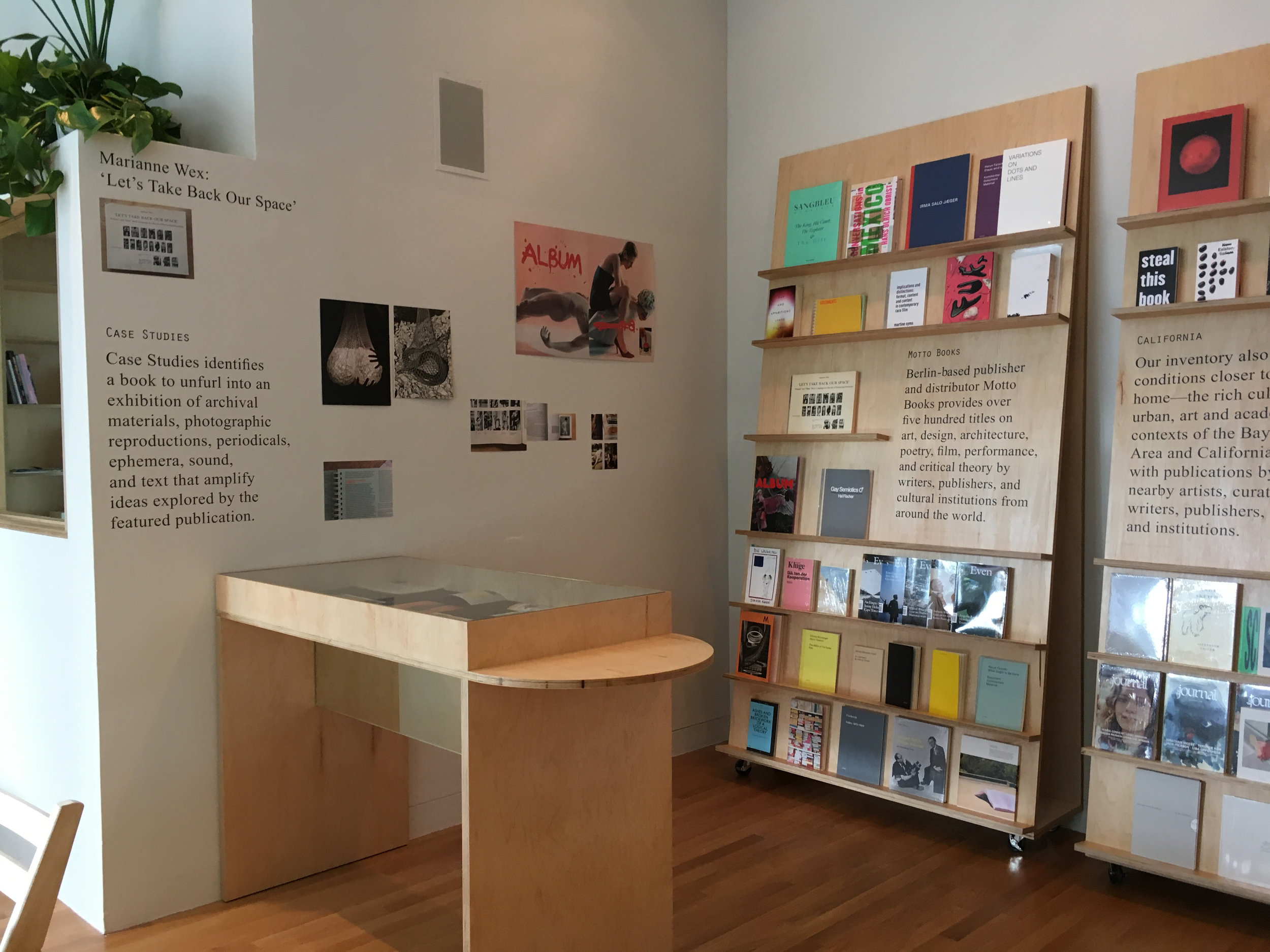‘Let’s Take Back Our Space’: “Female” and “Male” Body Language as a Result of Patriarchal Structure is the culmination of this research and cataloguing. Published in 1979, the book features over two thousand photographs by Wex of the body language common to each gender. She arranged her photographs across horizontal pages in two rows, a register of images of men above one of women. Within the book form and through her astute organization and juxtaposition of images, she reveals the socialized postures that men and women learn to hold. This body language is, as she writes, “legs held close together, feet either straight or turned slightly inward, arms held close to the body. In short, the woman makes herself small and narrow, and takes up little space. The general characteristics of male body postures are: legs far apart, feet turned outwards, the arms held at a distance from the body. In short, the man takes up space and generally takes up significantly more space than the woman.” In 2014, the blog AM New York coined a term for this ubiquitous gendered behavior—manspreading.
In ‘Let’s Take Back Our Space’, Wex’s layout of photographs is combined with her writing and captions as well as images drawn from visual culture—especially advertising images—keenly revealing one of the most powerful consumer outlets instructing men and women on how to carry themselves alone and in relation to each another. Other parts of the book include Wex’s catalogue of a history of art, specifically images of Egyptian, Greek, Roman, and early Renaissance statues. These images reinforce her thesis that the long history of visual culture (well before advertisements) relays the ways in which genders communicate through body language.
Case Studies: Marianne Wex is the first in a series of displays using the inventory of the CRB bookshop as a launching point for assembling focused exhibitions. ‘Let’s Take Back Our Space’ led us to compile a collection of visual documentation, reproductions, books, and writing related to ALBUM (Eline Mugaas and Elise Storsveen), Jérôme Saint-Loubert Bié, Caravaggio, Hal Fischer, André Malraux, Lynne Tillman, Martine Syms, and Wolfgang Tillmans.
Case Studies identifies a book to unfurl into an exhibition of archival materials, photographic reproductions, periodicals, ephemera, sound, and text that amplify ideas explored by the featured publication.


